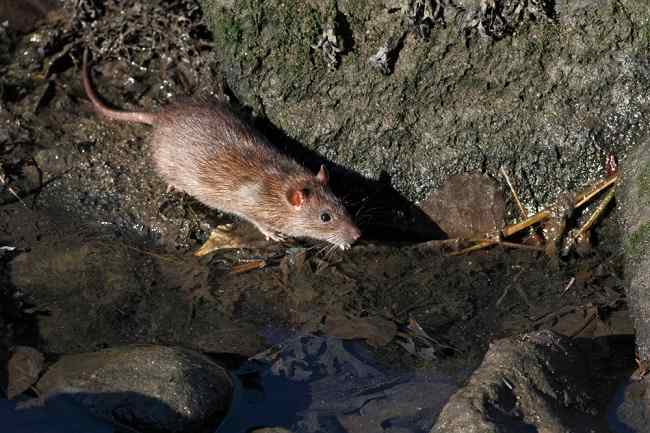Leptospirosis, Disease in Flood
High rainfall in a number of regions in Indonesia often causes flooding. This can be triggers for a number of diseases, one of which is leptospirosis.
Leptospirosis is a disease caused by bacteria Leptospira. This disease can attack humans and animals. If not treated, leptospirosis can cause serious complications, such as kidney or liver failure, meningitis, difficulty breathing, and bleeding.

Cases of leptospirosis usually increase after flooding or in the rainy season. Because in that season, people are more in contact with dirty water that has the potential to be contaminated by animal urine containing germs that cause leptospirosis.
Leptospirosis Transmission
A person can contract leptospirosis when they come into contact with water or soil containing body fluids, such as urine or blood, from animals infected with bacteria Spira . Animals that can spread leptospirosis are mice, dogs, and livestock, such as cows or pigs.
When heavy rain occurs, animal urine on the ground and other surfaces can dissolve in standing water or flooding. People exposed to the water, for example when walking through floods, are at risk of developing leptospirosis.
Leptospirosis Signs and Symptoms
Symptoms of leptospirosis usually only appear on the 5th day to the 14th day after the sufferer is exposed to bacteria Spira . Even so, symptoms can appear more quickly, that is, since the 2nd day, or it appears later, until the 30th day after exposure to bacteria. The initial symptoms of leptospirosis include:
- Fever
- Headache
- Muscle pain
- Red eye
- Vomiting
- Diarrhea
- Abdominal pain
- Jaundice (yellowing of the skin and eyes)
- Skin rash
- Cough
Groups at Risk for Leptospirosis
Apart from residents in flooded areas, leptospirosis also often attacks people who work outdoors or have regular contact with animals. In addition, this disease can also attack people with activities involving water or soil, such as swimming, rowing, or gardening.
Several factors that can increase a person's risk of contracting leptospirosis infection are:
- Drink from potentially contaminated water sources, such as flood water, river water, or unclean tap water.
- Eating foods that have been exposed to contaminated water.
- Bathe or soak in contaminated flood or fresh water, especially when diving or if you have open wounds when in contact with water.
Leptospirosis Prevention and Treatment Steps
The most important way to prevent transmission of leptospirosis is to avoid contact or consumption of water that may be contaminated. If this is not possible, you can follow the steps below to reduce the risk of leptospirosis infection:
- Make sure the water is safe to drink by boiling the water until it's cooked, especially if water is taken from a source that can be contaminated with animal urine or flood water overflow.
- Cover the wound or abrasions on your skin with a bandage or other waterproof cover.
- Avoid swallowing, swimming or bathing in flood water or any water source that may be contaminated with animal urine or flood water overflow.
- Wear water protective clothing or boots in areas of flood or soil that may be contaminated with animal urine.
- Prevent rodent attacks by storing food, water, and garbage in closed containers.
- Avoid eating foods that may have come into contact with mice.
If you feel you have symptoms of leptospirosis, immediately see a doctor. The doctor will conduct a physical examination and supporting tests, such as blood and urine tests, to confirm the diagnosis of leptospirosis.
If you are diagnosed with leptospirosis, your doctor will provide treatment with antibiotics. Whereas for severe cases of leptospirosis, patients may need to be hospitalized and evaluated strictly by doctors and nurses.
Written by:
dr. Nadhira Nuraini Afifa
Label : Health
Comments
Post a Comment